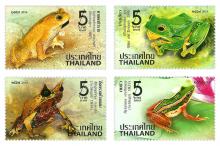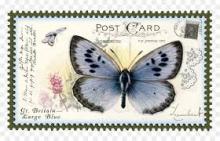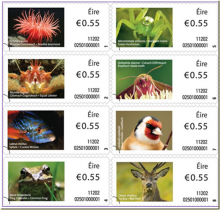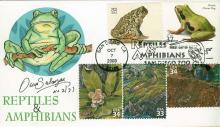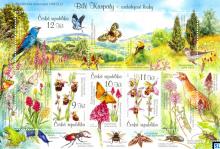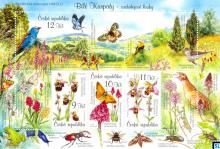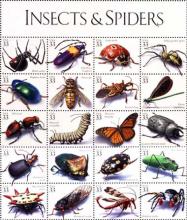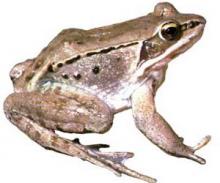Bayerns Frösche und Kröten vom Aussterben bedroht
Die Zahlen sind alarmierend: 40 bis 60 Prozent weniger Amphibien als sonst haben Helfer des Bund Naturschutz bei der diesjährigen Krötenwanderung gezählt. Warum sind es auf einmal nur so wenige? "Es könnte für Bayerns Amphibien bereits fünf vor zwölf sein", warnt Kai Frobel vom Bund Naturschutz in Bayern. Die Zahl der Frösche, Kröten und anderer Amphibien ist in diesem Jahr gravierend eingebrochen. In den elf bislang ausgewerteten Städten und Kreisen sind es 40 bis 60 Prozent weniger als sonst. In den Landkreisen Rosenheim und Straubing-Bogen teilweise sogar 90 Prozent.

